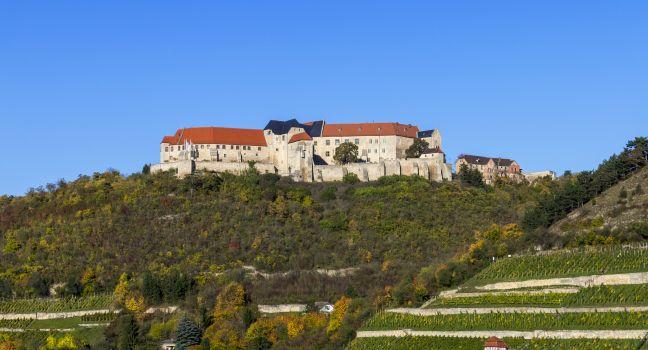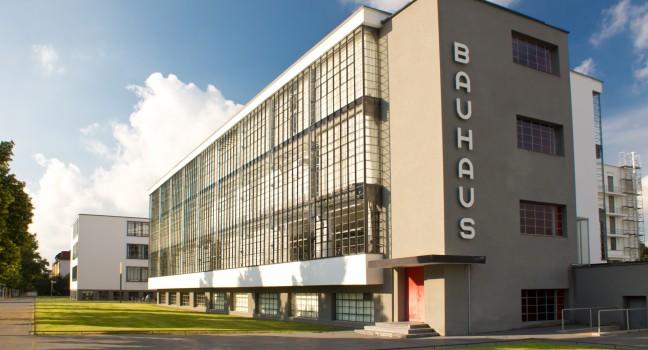The Renaissance facade of this Baroque building hides the former royal palace, much of which was built between 1709 and 1722. Some of the finished rooms in the Georgenbau (Count George Wing) hold historical exhibits, among them an excellent one on the reconstruction of the palace itself. The palace's main gateway, the Georgentor, has an enormous statue of the fully armed Saxon count George. From April through October, the palace's old Hausmannsturm (Hausmann Tower) offers a wonderful view of the city and the Elbe River.
The main attraction in the Royal Palace, though, is the world-famous Grünes Gewölbe (Green Vault). Named after a green room in the palace of Augustus the Strong, the collection is divided into two sections. The section of the castle most reflects Augustus the Strong's obsession with art as a symbol of power is the Historisches Grünes Gewölbe. The intricately restored baroque interior is an integral part of the presentation, highlighting the objects in the collection. The last section of the museum houses the Jewel Room, which displays the ceremonial crown jewels of Augustus the Strong and his son. Access to the Historic Green Vault is limited to 100 visitors per hour and is by appointment only, reserved in person, by phone, or online. Due to a daring robbery in 2019, where 37 objects that could be worth over $1 billion were taken (some have since been recovered), expect heightened security.
The second part of the Green Vault, called the Neues Grünes Gewölbe, contains an exquisite collection of objets d'art fashioned from gold, silver, ivory, amber, and other precious and semiprecious materials. Among the crown jewels are the world's largest "green" diamond, 41 carats in weight, and a dazzling group of tiny gem-studded figures called Hofstaat zu Delhi am Geburtstag des Grossmoguls Aureng-Zeb (the Court at Delhi during the Birthday of the Great Mogul Aureng-Zeb). The unwieldy name gives a false idea of the size of the work, dating from 1708; some parts of the tableau are so small they can be admired only through a magnifying glass. Somewhat larger and less delicate is the drinking bowl of Ivan the Terrible, perhaps the most sensational artifact in this extraordinary museum.
The palace also houses the Münzkabinett (Coin Museum) and the Kupferstichkabinett (Museum of Prints and Drawings), with more than 500,000 pieces of art spanning several centuries. Changing exhibits at the Kupferstichkabinett have presented masterworks by Albrecht Dürer, Peter Paul Rubens, and Jan van Eyck; 20th-century art by Otto Dix, Edvard Munch, and Ernst Ludwig Kirchner; East European art; and some Southeast Asian prints. The Türckische Cammer (Turkish Chamber) comprises a huge number of Ottoman artifacts collected by Saxon dukes over centuries. It's worth going just to see the Ottoman War Tent, the only gilded leather tent of its type in Europe.





